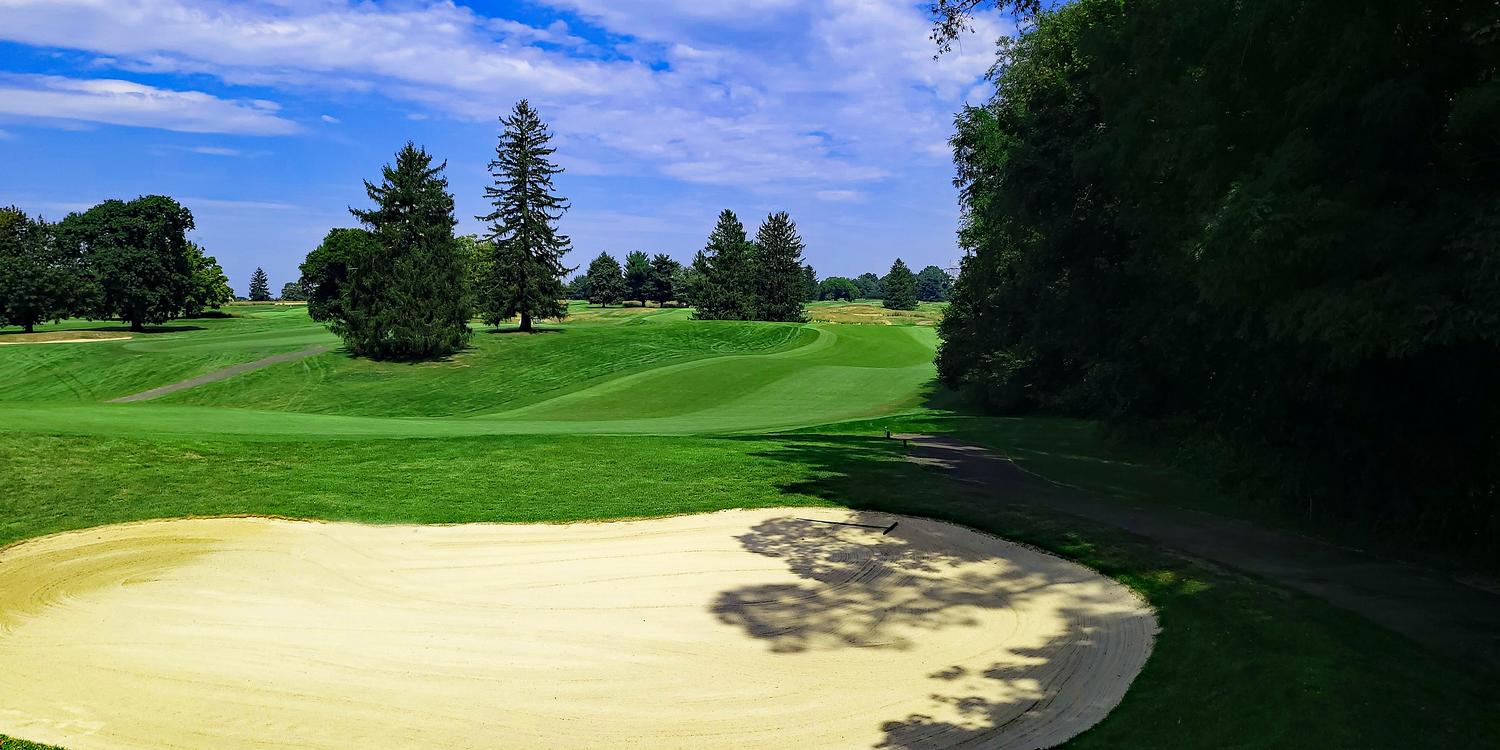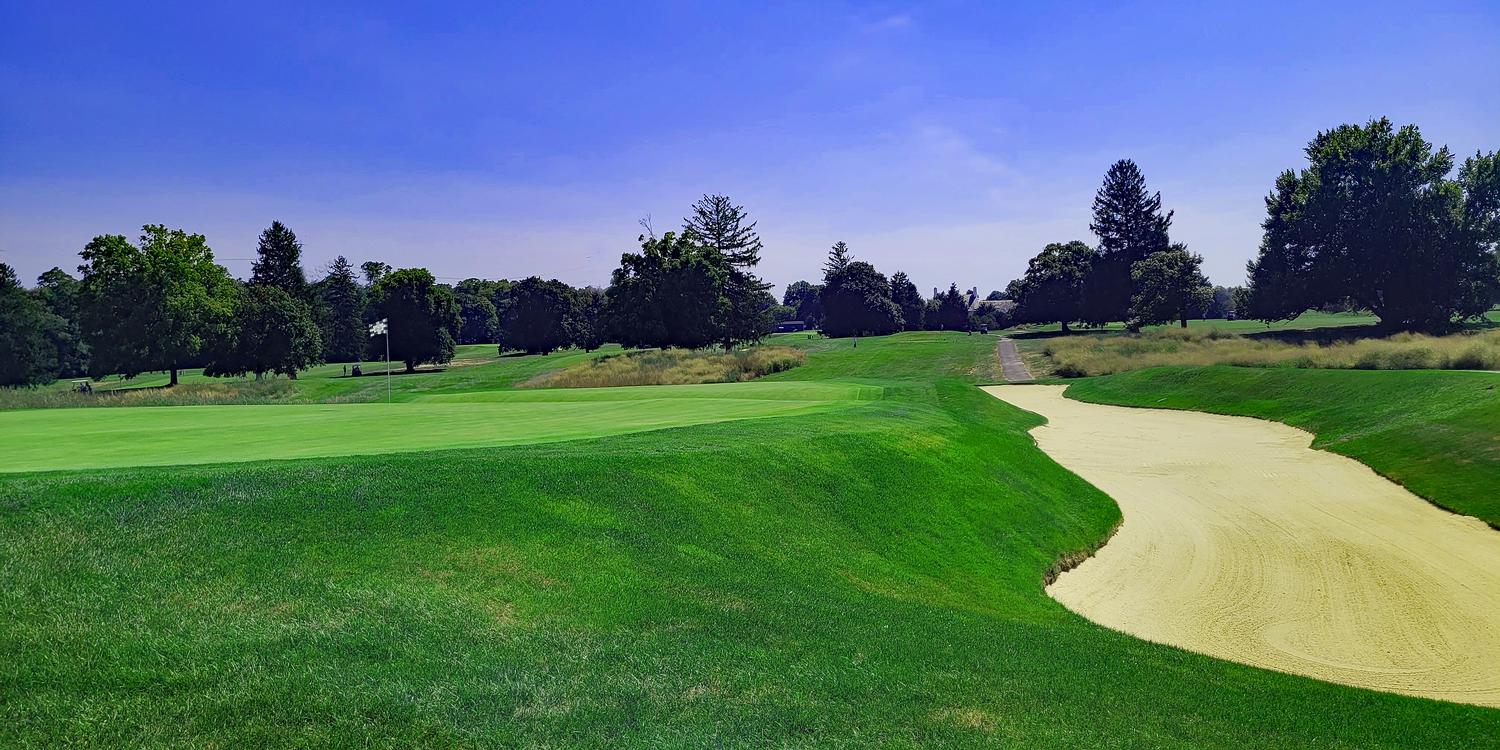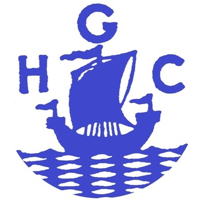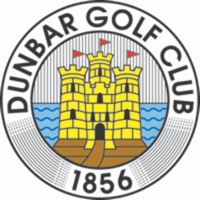Forsgate Country Club
- Fabulous Golf on Two Distinctly Different Courses
By David Theoret
Forsgate Country Club was the brainchild of John A. Forster, a Scottish immigrant who arrived in the US literally in rags, but through hard work and dedication, went on to become the chairman of Crum & Forster Insurance Company.
Forster was an avid golfer who purchased 50 acres of land in Monroe Township right before World War I. He used the land as a dairy farm, which he named Forsgate-a combination of his surname and his wife's maiden name, Gatenby. Forster continued to operate the dairy farm and did quite well; it was perhaps his most profitable business venture. In 1921, the Cranbury Press reported that Forsgate Farms had broken a World Record for producing the most milk in sixty days.
Forster continued to buy up land around the farm to create a "playground" for his employees - a golf and country club. In the late 1920s, he commissioned Charles Banks, an associate of C.B. Macdonald and Seth Raynor, to design the golf course. Clifford Wendehack was hired to design the clubhouse.
Banks' foray into golf architecture is interesting. He was an English teacher at the Hotchkiss Preparatory School in Lakeville, CT, and a member of the school's building committee. When the school decided to build a nine-hole golf course and hired renowned designer Seth Raynor, Banks worked closely with Raynor on the project and became so fascinated with golf course design that he left teaching and went to work for Raynor, eventually becoming his partner. When Raynor passed away in 1926 at the tender age of 47, Banks took over the business and went on to design and build about 30 courses until he died in 1931. He earned the nickname "Steamshovel" by using heavy equipment to dig out those deep greenside bunkers you'll see on every hole. Unfortunately, neither Banks nor Forster lived to see the opening of Forsgate Country Club. In 2007, architect Stephen Kay made several modifications to bring the course up to modern standards, and he's been tinkering with it ever since!
Over the years, the Banks Course has received its fair share of accolades including a Golf Digest ranking in the top 20 courses in New Jersey from 2015-2018 and 2021-present, a #13 ranking by Golf Magazine in the state in 2020-2021, and the 12th best Biarritz holes in the US by Links Magazine. The club is also highly ranked on Top100GolfCourses.com.
With Forsgate, Banks has created a challenging parkland-style golf course with rolling fairways that produce a variety of stances that require finesse and creativity. These meticulously maintained fairways lead to some of the most incredible green complexes in New Jersey. You'll find 18 elevated greens that vary in shape and size, some with false fronts and others with classic features such as a Redan and Biarritz. Each green complex has incorporated bunkers that sit well below the putting surface, some up to 16 feet. Banks was a master at creating replica holes, and many of the holes he built were inspired by some of his Scottish favorites. Many golf historians consider Forsgate to be among Banks' top three designs.
Forsgate is full of memorable holes, but none more than the par 3s at #3, #7, #12, and #17. It's not often that you'll find a course that handicaps its par 3s at 7, 5, 18, and 8! Number 3 is the first par 3 and plays 169 yards from the Forster Tees. The hole plays slightly uphill and over a deep valley. The green is surrounded by bunkers on three sides: the front right bunker sits about 12 feet below the putting surface and creeps around in front of the green. There's also a bunker behind the green to catch anything long. The green slopes sharply from back to front, making a shot from the back bunker a lot tougher. In the event you find yourself above the hole, it's not hard to putt yourself off the green. Banks obviously had a sense of humor - he named this hole Eden!
The 7th hole plays 183 yards from the Forster Tees and features a Redan green. The hole plays slightly downhill with very deep bunkers on either side of the green. The right side bunker is long and narrow and helps protect the front of the green, which slopes from left to right and has three tiers. Anyone who finds the left bunker will have a blind shot from the sand. Fittingly, Number 7 is named Redan!
At 140 yards, the 12th hole is the shortest par 3 on the course. The hole plays slightly downhill across a valley, with the green slightly below you. bunkers on either side of the green wrap around the front to grab anything short and take the senior-friendly bump-and-run shot out of play. The bunker on the right sits about nine feet below the surface, and the fall-off behind the green is very steep with tall fescue at the bottom. The bowl-shaped green can be tricky to putt. For obvious reasons, the hole is named Horseshoe!
The last of the par 3s is the 17th hole, the famous Biarritz! At 201 yards from the Member Tees, it's the longest - and most difficult - par 3 out here. The green is enormous, almost 75 yards long, with bunkers on both sides running the entire length of the green. The swale between the front and back portions of the green is one of the deepest I have played and sits four feet below the front and back sections. With the Biarritz playing about two-thirds of the way into the green, back pin locations are very difficult. The 17th green is usually the last green mowed in the morning and requires two talented greenskeepers to do the job. Even then, getting the job done takes twice as long!
In addition to the challenging par-3 holes, the finishing hole will test your mettle. From the Forster Tees, #18 plays 394 yards and is dead straight, and, if the wind is blowing, dead into it. A good tee shot over the first valley will leave a mid to long-iron approach over a second valley into a small green protected by bunkers on either side. Beware of the bunker in the right front; it's one of the deepest on the course, and your way out may not be at the green. The green complex is one of the most challenging on the course. Anything over the green will leave a downhill pitch shot onto the green. The 18th hole is aptly named Purgatory.
In 1961, golf architect Hal Purdy created a 9-hole layout and returned a decade later to add another nine. Arnold Palmer renovated the golf course in 1995 and later the course was named in his honor. The scenic Palmer Course features water hazards on 10 of its holes and is enjoyable for golfers of all skill levels.
On top of two fabulous golf courses, Forsgate has some remarkable practice facilities. There's a full-length driving range where you can hit every club in your bag, a short game area with a bunker, and a practice putting green.
Forsgate Country Club is a warm, welcoming, family-oriented club with countless recreational opportunities and social pursuits for the entire family. In addition to two superb golf courses, members have access to Forsgate's 24-hour state-of-the-art fitness center, pickleball courts, and the junior Olympic-sized swimming pool complex. Each year, the staff puts together a calendar of entertainment, special themed dinners, and events to highlight each season.
The Gatenby Grille and Bar is a great place to grab a bite to eat, enjoy a favorite beverage, and catch up on the latest club news. During the season, Gatenby Grille's terrace is open for dining under the stars and enjoying beautiful sunsets over the Banks Course.
The best way to enjoy all that Forsgate has to offer is to become a member. They offer individual, family, and corporate memberships that don't require a sponsor. A Full Golf Membership gives you access to everything Forsgate offers, including their winter indoor practice golf simulator. For more information, contact the Director of Membership or go online and fill out an application. www.forsgatecc.com
Article Tags: Foregate Country Club, Golf in New Jersey, New Jersey golf courses, John A. Forster, Country Club Golf in New Jersey
Revised: 04/24/2025 - Article Viewed 48 Times
About: David Theoret
![]() David Theoret has been in the golf and golf travel industry for over 10 years, primarily selling online advertising. For the past seven years, he has also been a golf writer, reviewing golf courses, resorts, destinations, equipment, golf apparel, and training aids - the latter of which never seems to help. David's articles and reviews have been posted on many golf travel and equipment websites.
David Theoret has been in the golf and golf travel industry for over 10 years, primarily selling online advertising. For the past seven years, he has also been a golf writer, reviewing golf courses, resorts, destinations, equipment, golf apparel, and training aids - the latter of which never seems to help. David's articles and reviews have been posted on many golf travel and equipment websites.
Growing up in Southwestern Ontario, Canada, it was naturally assumed he would play hockey. Beginning at the age of 3 and continuing into his late 30's, he did just that. However, after one too many pucks to the head, he realized that golf was a lot easier on the body (whoever said hockey players were slow) and took the game up.
After moving to Florida and accepting a position with TravelGolf Media (now part of GolfNow) his love for the game grew exponentially. Most Saturdays you will find him on a course somewhere in Florida or on the practice range reinforcing his bad habits. David plays to a 10 handicap - unless there is money involved in which case it goes considerably higher. He currently resides in Lakeland, FL with his wife Belinda and their two "kids", Madyson and Molly.
Contact David Theoret:
GolfTrips.com - Contributor












